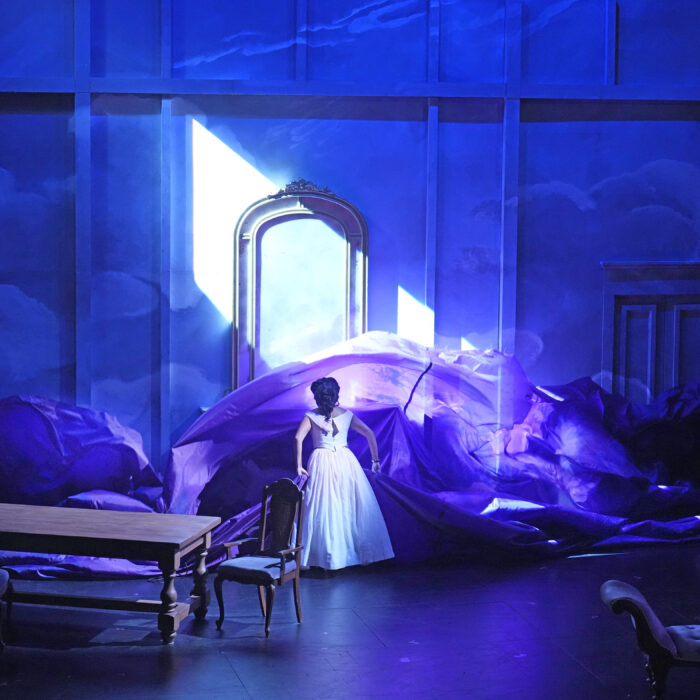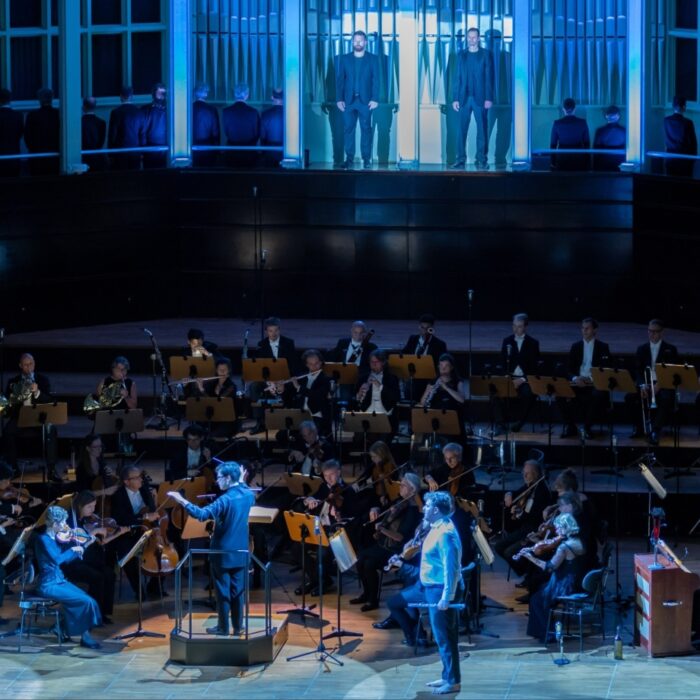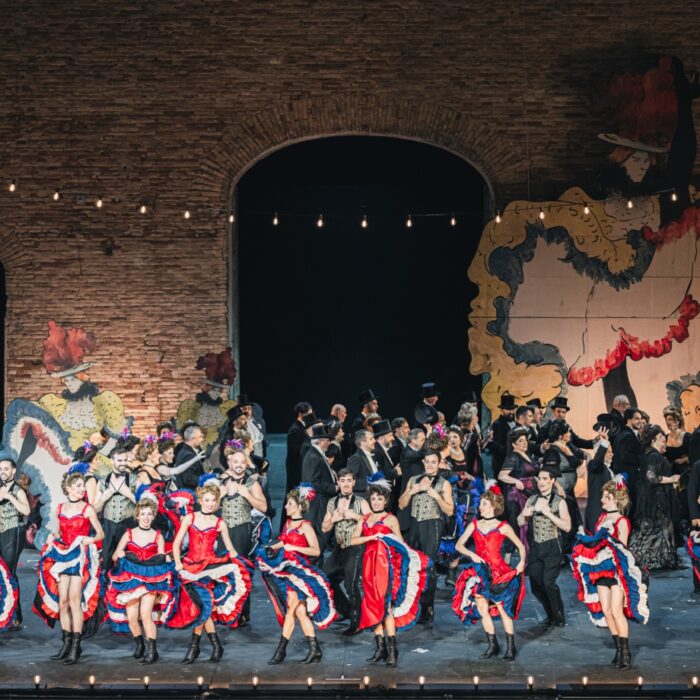
Maria Callas: The Live Recordings CD Review: A 42 Disc Box Set With Rare Gems & Wonderful Remasterings
By Francisco SalazarFor years Warner Classics has remastered Maria Callas’ collections for opera lovers, releasing various sets that showcase the art of the legendary soprano.
After releasing the complete studio recordings, Warner Classics returns with “Maria Callas: Live Remastered Recordings.” Ther 42-disc box set comes on the heels of the 40th anniversary of La Divina’s death and brings many of the soprano’s signature roles to the forefront.
For fans of the soprano, many of these recordings may already be in their collections ,but what makes this set so unique is the incredible remastering job that has been done.
To be clear, this review will focus more on the product itself without really delving into the artistry of Maria Callas, which has been available to us to enjoy for decades. So don’t expect my opinions on this genius’ interpretations in this piece.
The Pros
Let’s start with what makes this set a must-buy. One can not deny the power of Callas’ studio recordings particularly her work in “Manon Lescaut,” “Carmen” and “Cavalleria Rusticana/Pagliacci.” These are definitive recordings that feature Callas in works she never performed on stage. But there is an incredible power to hearing singers on stage being exposed and showcasing grit that a studio recording may not obtain. And that is what makes this set so enticing. Callas was at her best when she was acting and becoming the character with her voice.
The remastering process of each recording has been made. Listening to the original recordings released years ago, it is evident that many of the live recordings were in poor state and sometimes the singers were not always audible.
But with these new remasterings, the performance quality has improved. The highlights include “Aida,” “Macbeth” “Tosca” and, particularly, “Lucia di Lammermoor.” Where you would hear static in some of the older releases, here much of that static has been polished. If the voices in the recordings were once muffled, now Callas and the rest of the artists have a cleaner sound and one can hear the powerful performances that these legendary recordings evokes.
But one can not say that this is always the case with every single recording. More on that later.
Warner Classics has also made sure to include a Blu-Ray set that includes Callas live from Paris and the Covent Garden allowing audiences to not only hear the Diva but also to see her art on stage. The performances documented on these discs include Act Two of “Tosca” from the Royal Opera House and a legendary concert from Paris, among others. The visuals on the Blu-Rays have been improved, allowing for image quality which was never bad to be even brighter and easier to watch.
Another favorable aspect of this recording set is a doubt the 200-page booklet which presents historical context to the roles that Callas sang. For those not familiar with the works, it is an educational tool to immerse you further into each work and by extension, the recording heard in the set.
With respect to the packaging, Warner Classics has given each CD a booklet with an explanation of Callas’ history with the opera performed. There is also an index of how many performances she gave of the roles and where she performed them and with what artists. There is also an explanation of what the company did with each remastering.
And the final pro of this incredible set is definitely the inclusion of “Parsifal,” marking the first commercial release of this live performance. It is also the first Wagner release for Callas. It is also great to see “Nabucco” in the set as well as “I Vespri Sicilianni” as these recordings have been difficult to obtain for years.
The Cons
For those looking for real discoveries, most Callas lovers and CD collectors probably own most, if not all the recordings, except for “Parsifal.” That may cause fans to save their money for another box set. However, if you are the type of listener who values sound quality, a duplicate recording won’t be a bother.
The other aspect that will probably disappoint is that not all the recordings have the same recording quality. For example, the “Nabucco” is not the easiest listen as the voices are still heard from afar and the orchestra overpowers the singers. Obviously, this is something that Warner Classics had no control over due to the original recording quality. Ditto for the “Parsifal,” which can sometimes be a bit difficult to listen to. But as Warner Classics states in the set, these recordings are valuable for their historical context as opposed to their sound quality.
It is hard to know how many live recordings of Callas are still out there. However, the one recording that feels like it is missing is the “Lucia” from the Metropolitan Opera. While the Karajan recording is legendary and definitely one of the biggest highlights of the set, it is a recording that has been on the market for years. To make the set more enticing it would have been great to have had not just one new recording but one that audiences have not had access to in a commercial setting. The Callas Met performance is merely an example as it marks her only radio broadcast with the company.
Despite these negatives, this is a great set that could be a great introduction of Callas and a great inclusion for Callas lovers.


